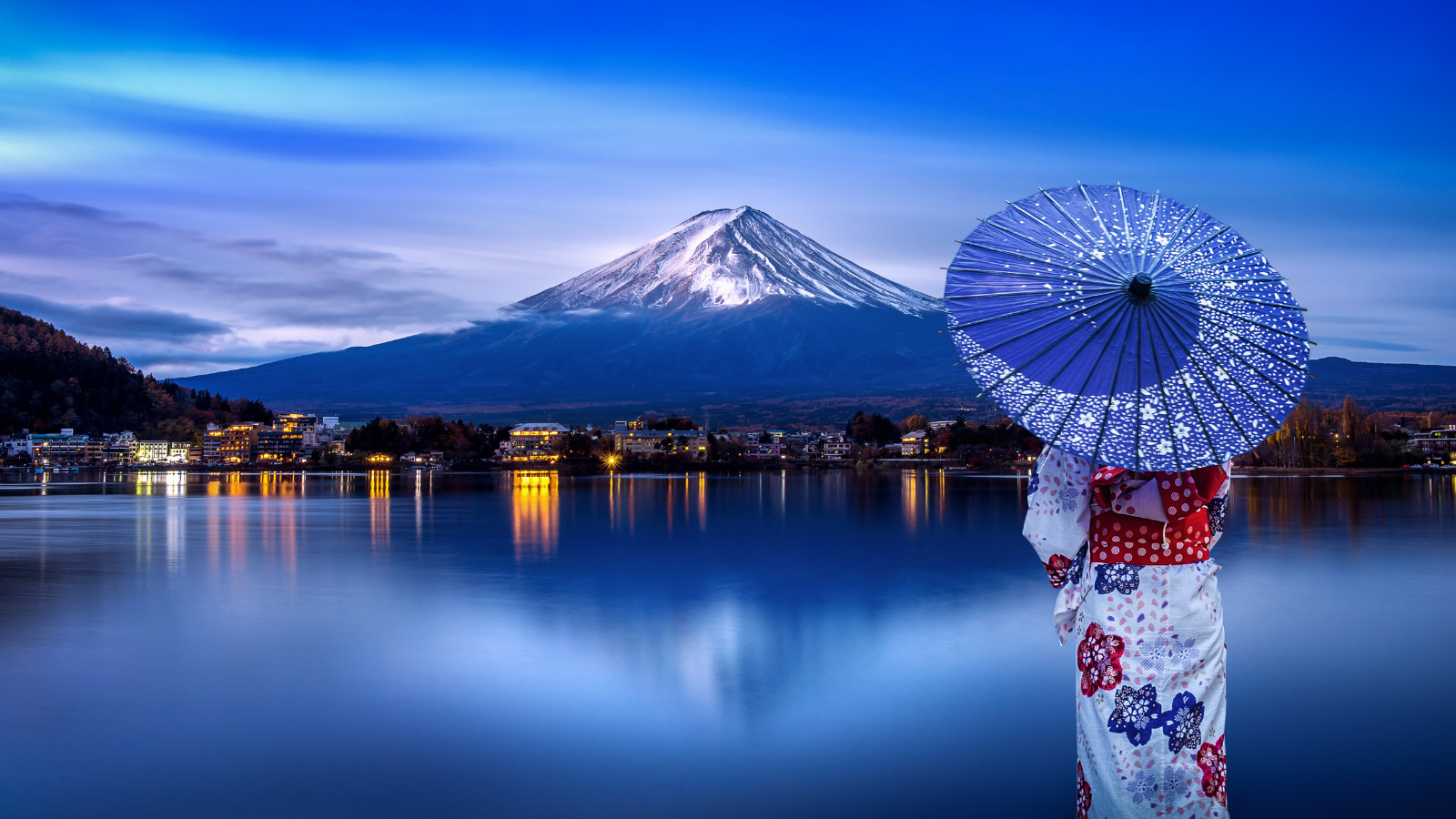Ehime Prefecture, located on the island of Shikoku in Japan, is a blend of history and natural beauty. With its picturesque landscapes, ancient castles, and renowned hot springs, Ehime offers a unique blend of cultural and recreational experiences.
History and Culture
Historical Significance
Ehime has a rich historical background, with roots tracing back to ancient times. The area played a significant role during the feudal period, and this legacy is preserved in landmarks such as Matsuyama Castle and the many historical temples and shrines scattered throughout the prefecture.
Cultural Heritage
Ehime is known for its strong cultural traditions, including the art of haiku poetry, popularized by the renowned poet Masaoka Shiki. The prefecture also boasts a rich tradition of crafts, such as Tobe-yaki pottery and Iyo Kasuri textiles. Festivals like the Matsuyama Autumn Festival and the Niihama Taiko Festival are celebrated with great enthusiasm, showcasing traditional music, dance, and elaborate floats.
Economy and Industry
Ehime’s economy is diverse, with strengths in agriculture, fishing, and manufacturing. The region is famous for its citrus fruits, particularly mikan (mandarin oranges), which are exported throughout Japan and internationally. The fishing industry thrives along the Seto Inland Sea, providing a wealth of fresh seafood. Additionally, Ehime has a robust manufacturing sector, producing shipbuilding components, paper, and textiles.
Attractions and Activities
Historical and Cultural Sites
- Matsuyama Castle: One of Japan’s twelve original existing castles, offering panoramic views of Matsuyama City and the Seto Inland Sea.
- Ishiteji Temple: A significant stop on the Shikoku Pilgrimage, known for its unique architecture and historical artifacts.
- Dogo Onsen: One of Japan’s oldest and most famous hot springs, featuring the iconic Dogo Onsen Honkan bathhouse.
Natural Attractions
- Shimanami Kaido: A scenic cycling route that connects Ehime to Hiroshima Prefecture via a series of islands and bridges across the Seto Inland Sea.
- Mount Ishizuchi: The highest peak in western Japan, popular for hiking and offering stunning views.
- Ozu City: Often referred to as “Little Kyoto,” with its preserved historical district and the beautiful Garyu Sanso villa.
Cuisine
Ehime’s cuisine is a reflection of its abundant natural resources and agricultural products. Local specialties include:
- Jakoten: A type of fish cake made from ground small fish, often served fried.
- Taimeshi: A traditional dish of rice cooked with sea bream, a local delicacy.
- Mikan: Sweet and juicy mandarin oranges that are a symbol of Ehime’s agricultural success.
Conclusion
Ehime Prefecture is a captivating destination that combines historical charm, cultural richness, and natural beauty. Whether you’re exploring ancient castles, relaxing in historic hot springs, or enjoying the scenic cycling routes, Ehime offers a memorable and diverse experience for all visitors. Its welcoming atmosphere and varied attractions make it a must-visit location for anyone traveling to Japan.

